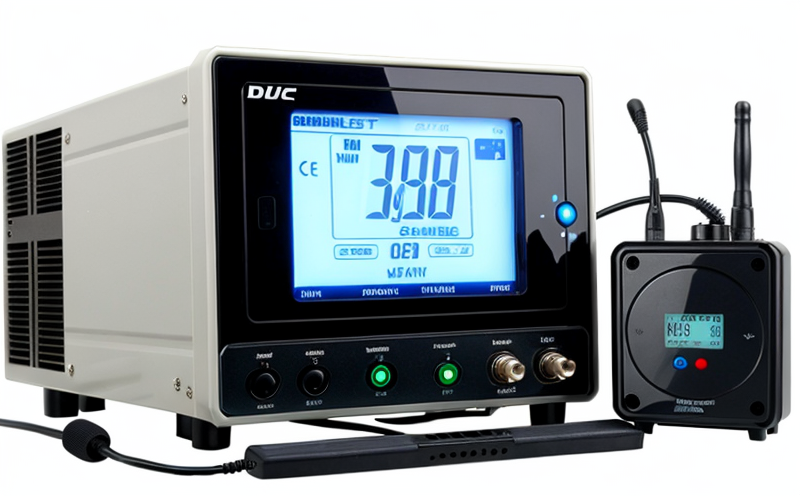ITU R SM 378 Spectrum Occupancy Measurement RF Testing
The ITU-R SM.378-0 standard establishes a framework for spectrum occupancy measurement, ensuring that wireless and radio frequency (RF) communication systems operate within compliant limits as defined by international regulations. This service is crucial in the electronics testing sector to ensure interoperability, compliance with regulatory standards, and efficient use of the RF spectrum. The test procedures outlined in ITU-R SM 378 are designed to provide precise measurement of the electromagnetic spectrum occupied by devices operating within specific frequency bands.
The process involves detailed measurement techniques that are used to identify and quantify any interference or emissions from wireless devices. This service is particularly important for ensuring compliance with standards such as those set forth in ISO, ASTM, EN, and IEC. The standardization of these tests ensures that manufacturers can confidently design products that meet international regulatory requirements.
The testing procedure begins with an initial assessment of the operating frequency bands of the device under test (DUT). This involves identifying the specific frequencies at which the DUT operates and determining the allowed spectrum occupancy levels as per the relevant regulatory standards. Once identified, a calibrated RF measurement system is used to capture data on the electromagnetic emissions from the DUT over its operational range.
The collected data is then analyzed using statistical methods to determine if the device complies with the specified limits for spectral occupancy. This analysis includes plotting the spectrum occupancy graph and comparing it against the regulatory thresholds provided in ITU-R SM 378. The service also involves providing detailed reports that include all measurement parameters, compliance assessments, and recommendations for any necessary adjustments.
Our team of experts ensures that every aspect of the test is conducted with precision, using state-of-the-art equipment to meet the high standards required by industry bodies such as the ITU-R. We provide a comprehensive service that not only meets but exceeds regulatory requirements, ensuring that your devices are fit for global deployment.
The importance of spectrum occupancy measurement cannot be overstated in today's interconnected world. With increasing numbers of wireless devices and systems, the need to manage spectrum efficiently is paramount. ITU-R SM 378 provides a robust framework for achieving this, and our testing service ensures that your products are compliant with these standards.
Our team has extensive experience in conducting RF tests according to ITU-R SM 378. We understand the intricacies of wireless communication systems and can provide you with accurate and reliable results. Whether you're a manufacturer looking to ensure compliance, an R&D engineer seeking validation data, or a quality manager needing reassurance about your product's performance, our service is tailored to meet your specific needs.
By leveraging ITU-R SM 378 Spectrum Occupancy Measurement RF Testing, you can rest assured that your products are compliant with international standards and ready for global market entry. This service plays a critical role in ensuring the efficient use of spectrum resources and minimizing interference between devices operating within the same frequency bands.
Benefits
Achieve compliance with international regulatory requirements, ensuring your products can be sold globally without legal issues.
Gain competitive advantage by demonstrating adherence to stringent quality standards and best practices in the industry.
Reduce the risk of product recalls or rejections due to non-compliance with RF spectrum regulations.
Enhance brand reputation through consistent, high-quality testing that meets the highest international standards.
Access detailed reports that provide valuable insights into your device's performance and potential areas for improvement.
Ensure seamless integration of your products into existing wireless networks without causing interference or degradation in service quality.
Industry Applications
| Application Area | Description |
|---|---|
| Telecommunications Infrastructure | Evaluating base stations and network equipment to ensure they operate within specified spectral limits. |
| Smart Devices | Testing wearables, smartphones, and other consumer electronics for spectrum compliance. |
| Aerospace & Defense | Verifying the RF emissions of avionics systems to ensure they do not interfere with critical communication channels. |
| Medical Devices | Ensuring medical equipment does not emit harmful levels of electromagnetic interference that could affect patient care. |
| Automotive Electronics | Evaluating vehicle-based wireless systems to ensure they operate safely and do not cause interference in other vehicles. |





